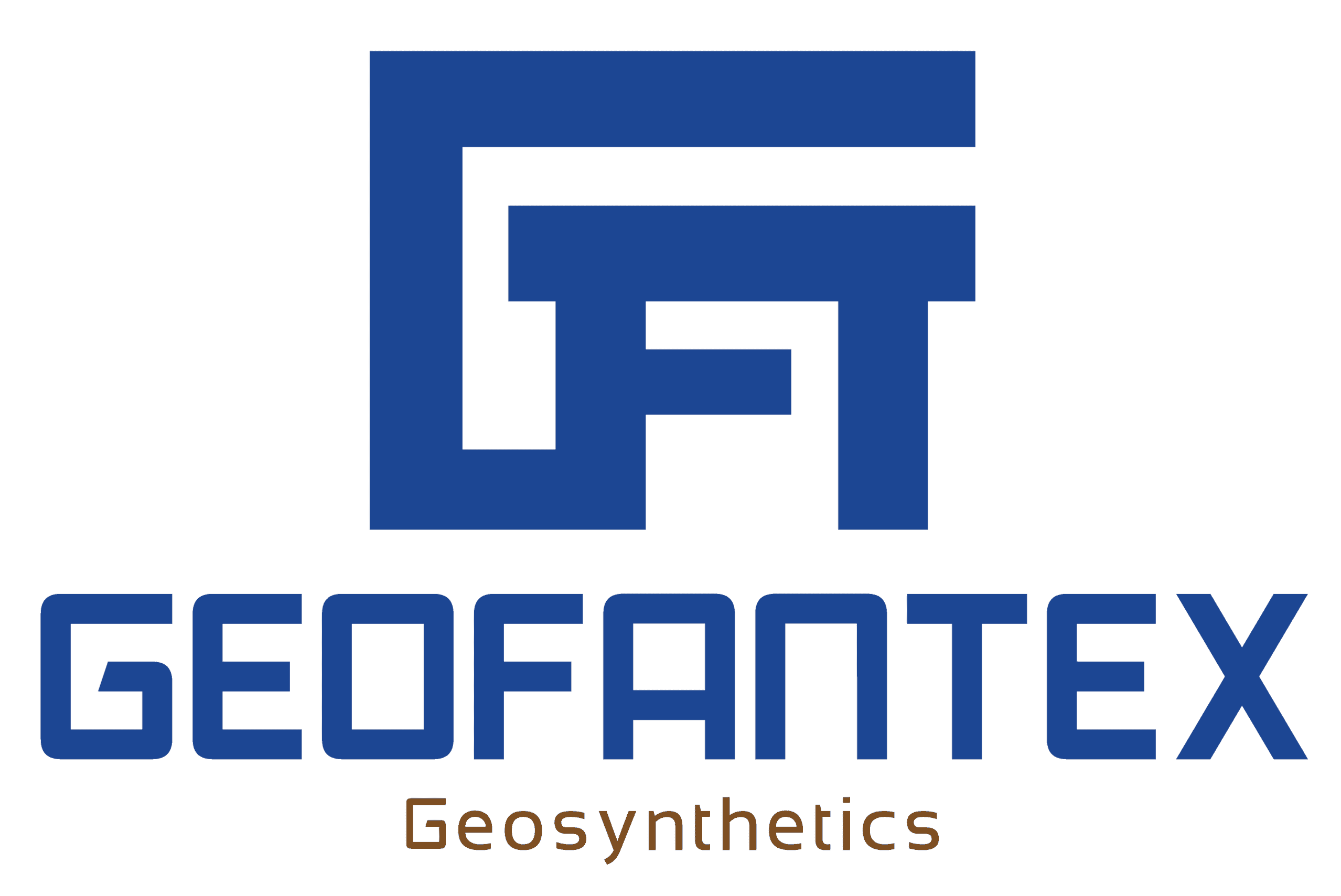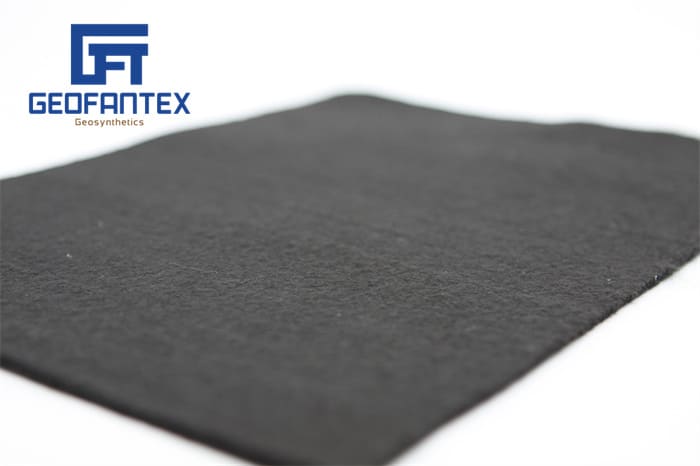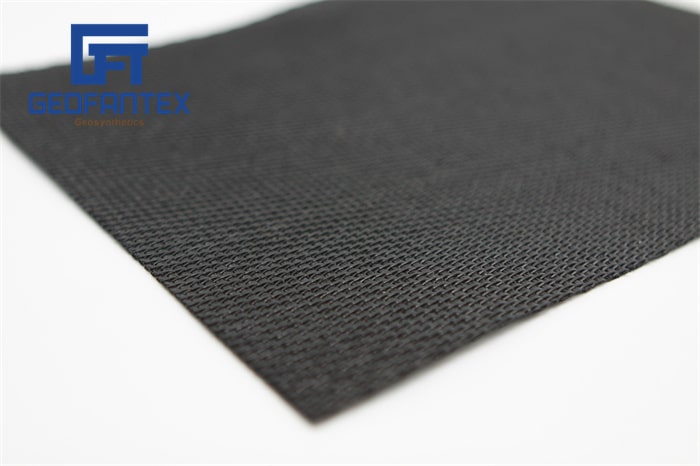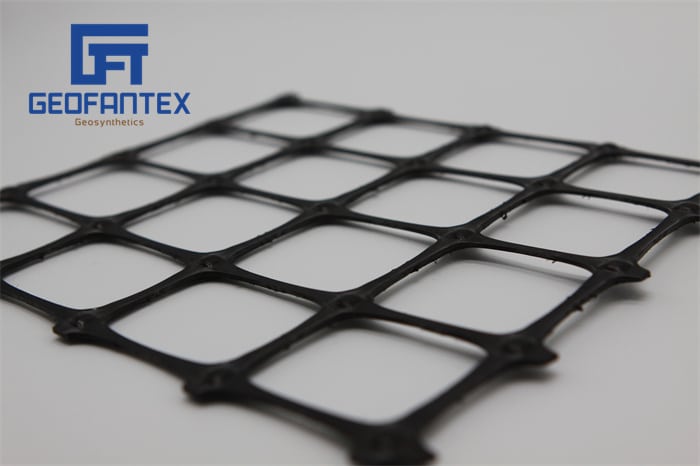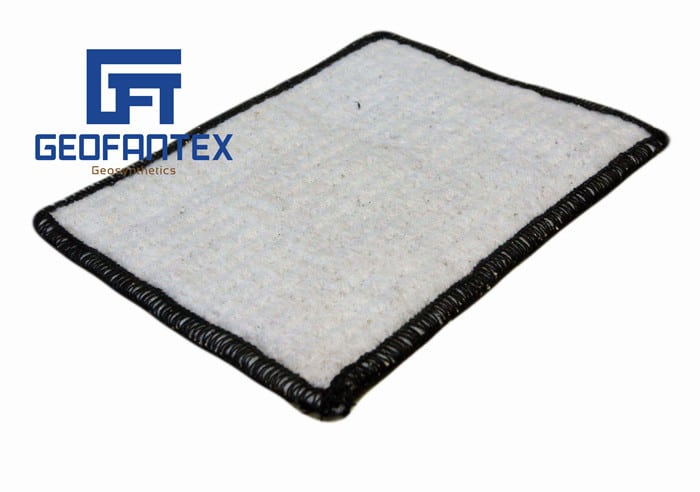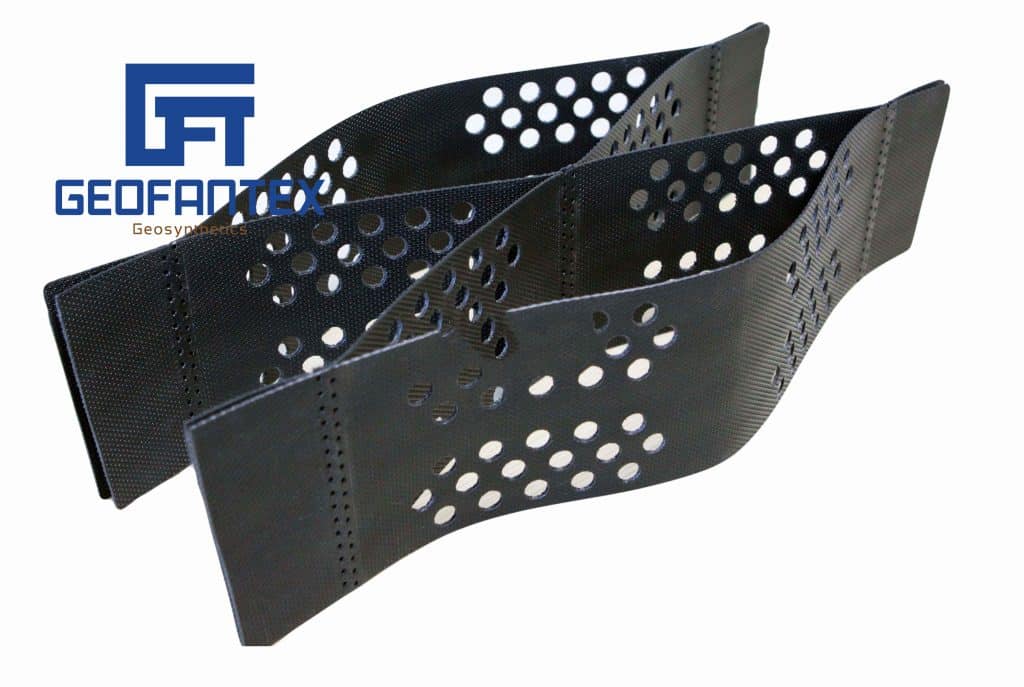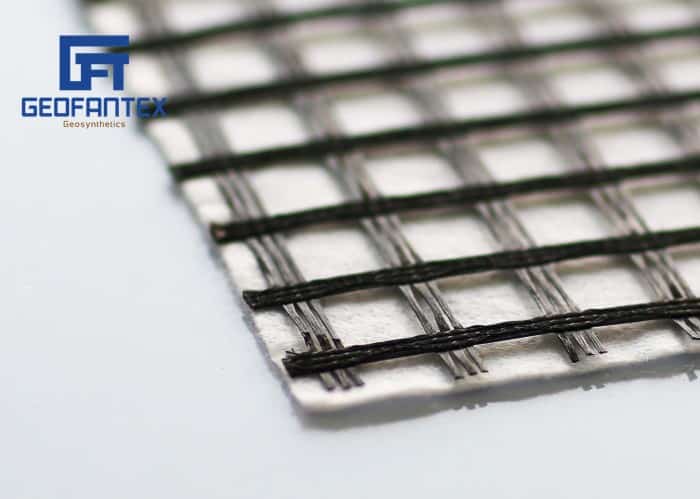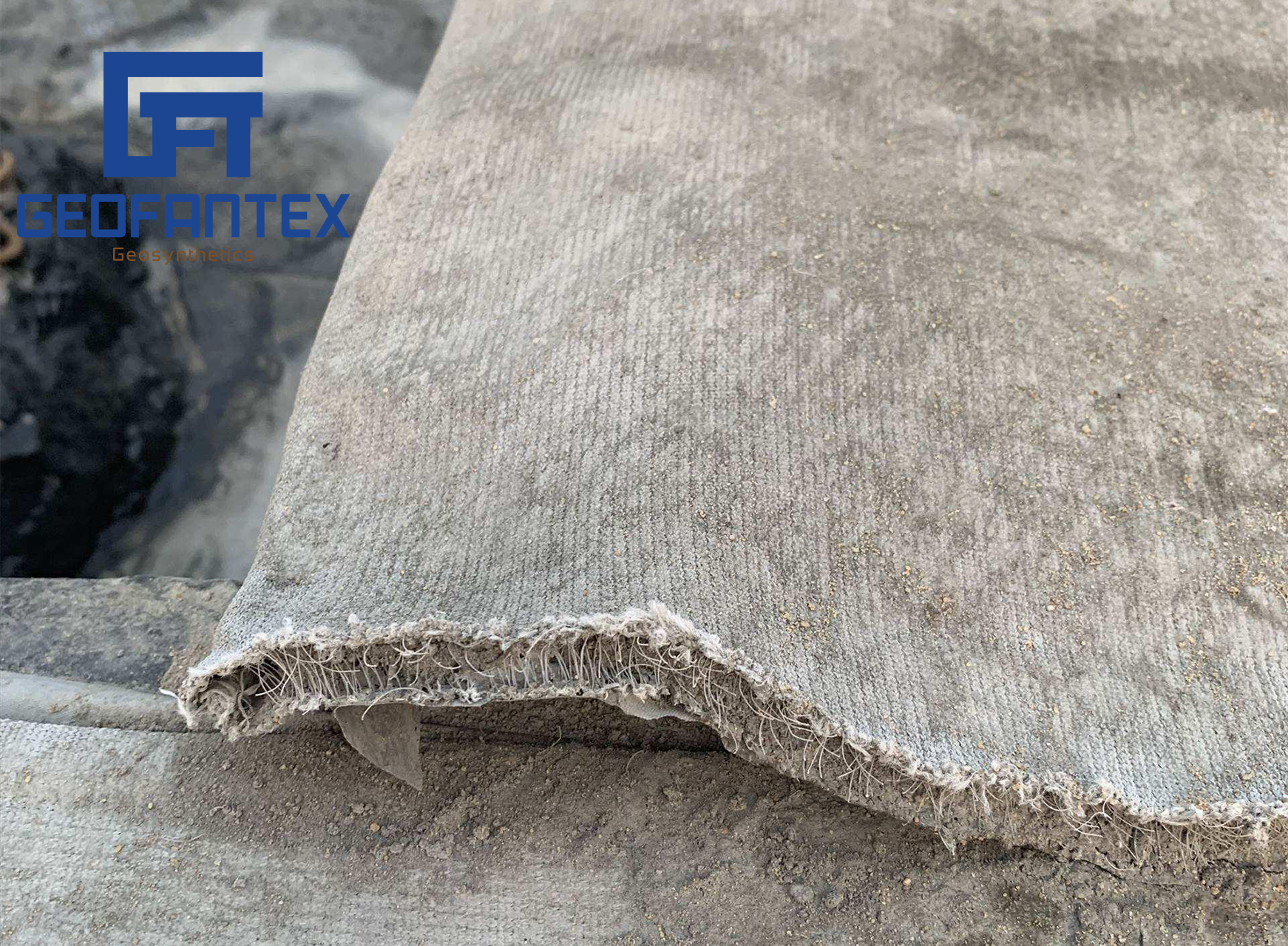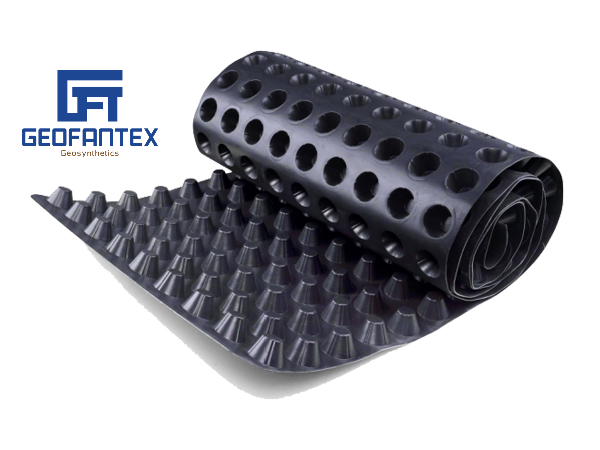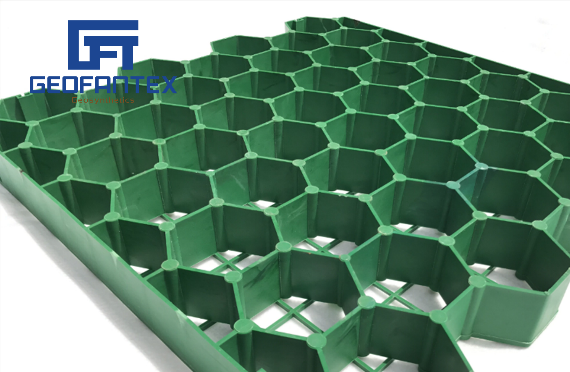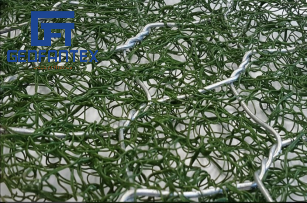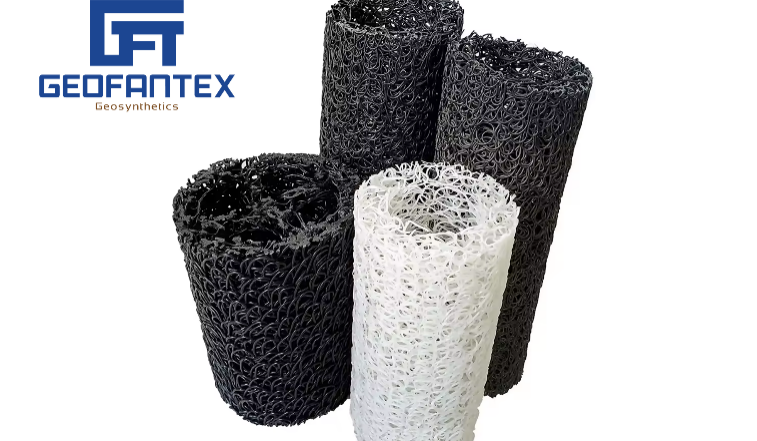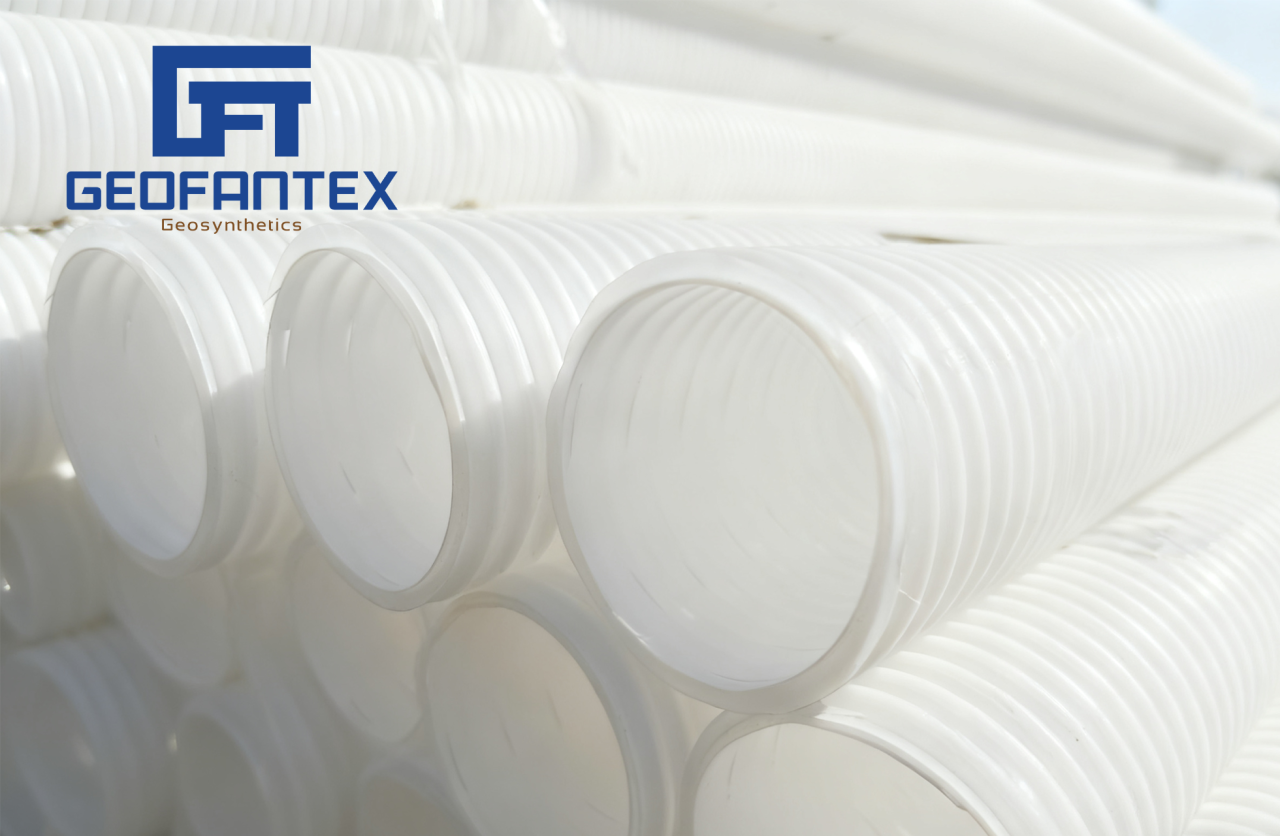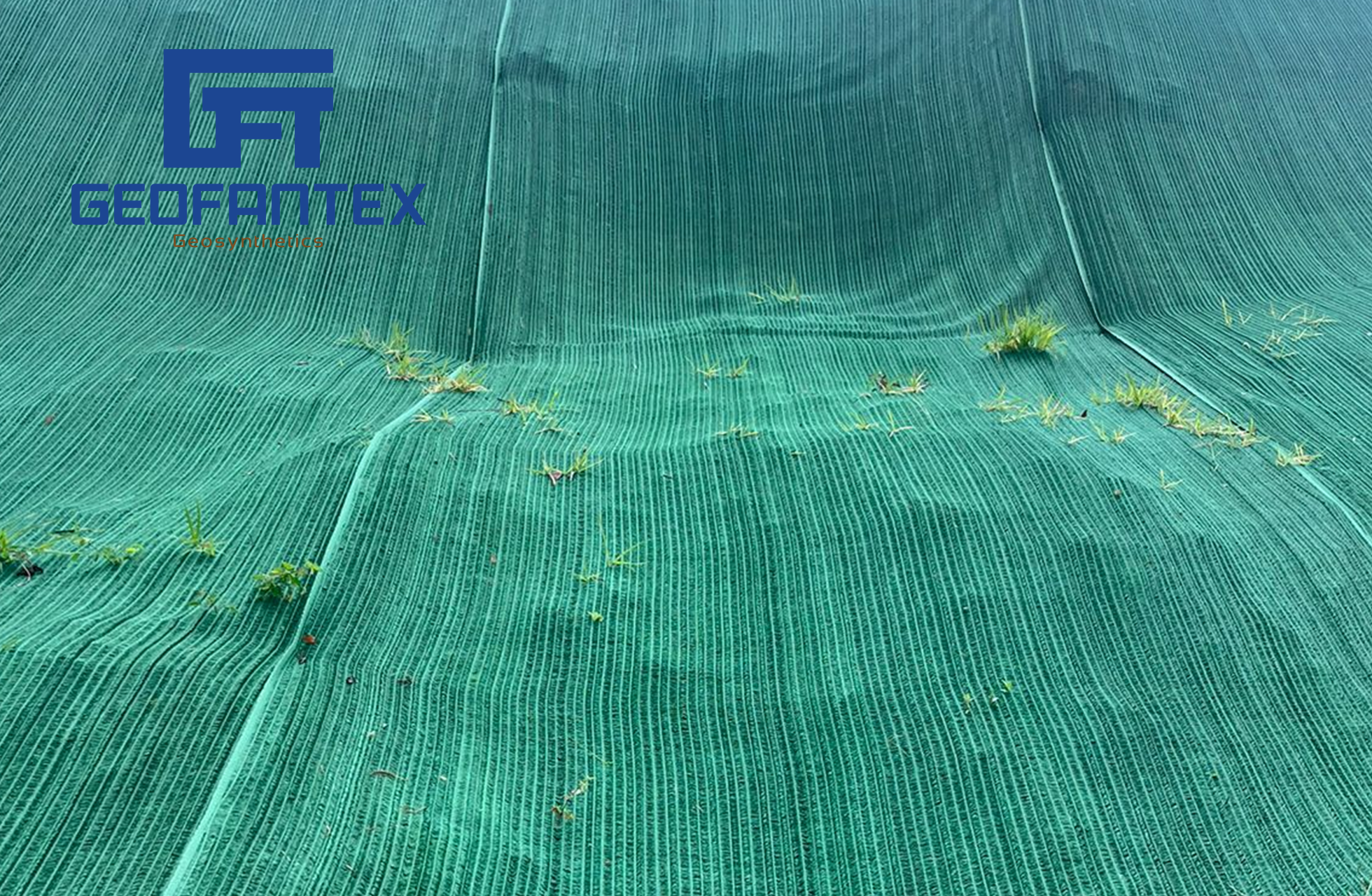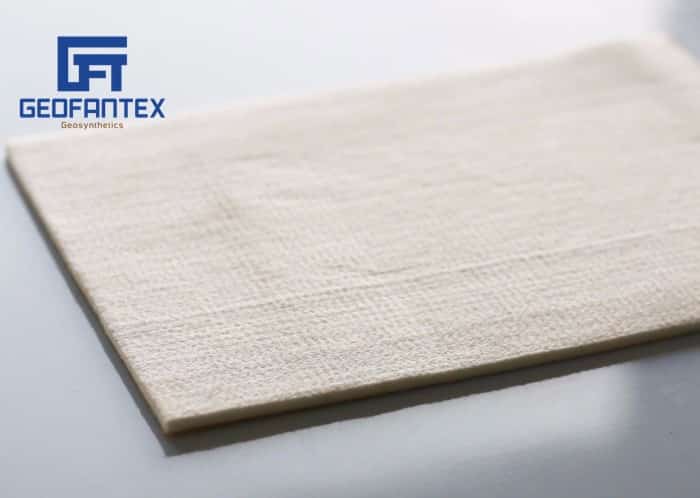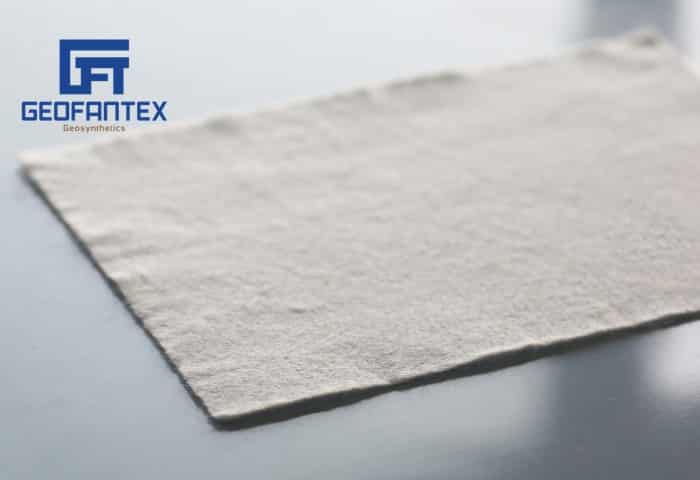+86-159 9860 6917
info@geofantex.com
geofantex@gmail.com
+86-400-8266163-44899
Non-woven geotextile fabric is a vital component in today’s geosynthetics industry, playing a key role in construction, infrastructure, and environmental projects worldwide. As the demand for sustainable and efficient engineering solutions grows, non-woven geotextile fabric continues to stand out due to its versatility, durability, and cost-effectiveness.
What is Non-Woven Geotextile Fabric and How is it Made?
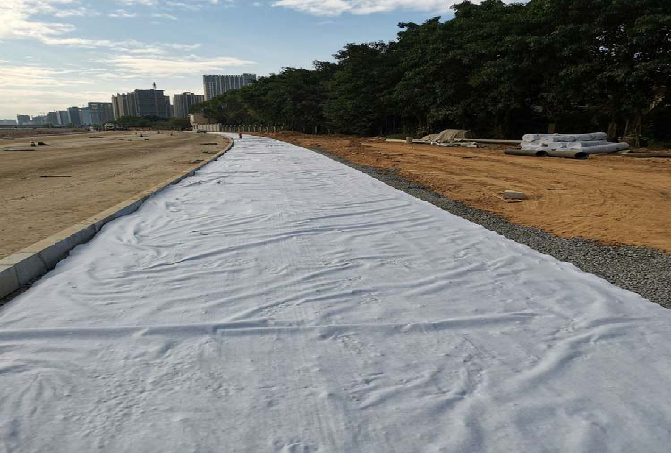
Non-woven geotextile fabric is a high-performance synthetic material used extensively in civil engineering, construction, and environmental projects worldwide. It is manufactured from polymer fibers such as polypropylene or polyester, which are bonded together using mechanical needling, heat, or chemical processes instead of weaving. This produces a felt-like fabric that offers excellent permeability, filtration, and drainage properties.
Unlike woven geotextiles, non-woven types can accommodate more deformation and adapt to uneven surfaces, making them ideal for applications such as erosion control, road stabilization, and subsurface drainage systems.
How is Non-Woven Geotextile Fabric Used in the Construction Industry?
In the construction sector, non-woven geotextile fabric is widely utilized for:
- Filtration: Preventing fine soil particles from clogging drainage systems.
- Separation: Maintaining the integrity of different soil layers under roads and railways.
- Drainage: Assisting water flow in retaining walls, tunnels, and subgrade systems.
- Protection: Acting as a cushion to protect geomembranes in containment systems.
According to Mordor Intelligence, the global geotextiles market reached a valuation of USD 8.2 billion in 2023 and is expected to grow to USD 12.1 billion by 2028, fueled by infrastructure expansion and environmental awareness (Source: Mordor Intelligence, 2024).
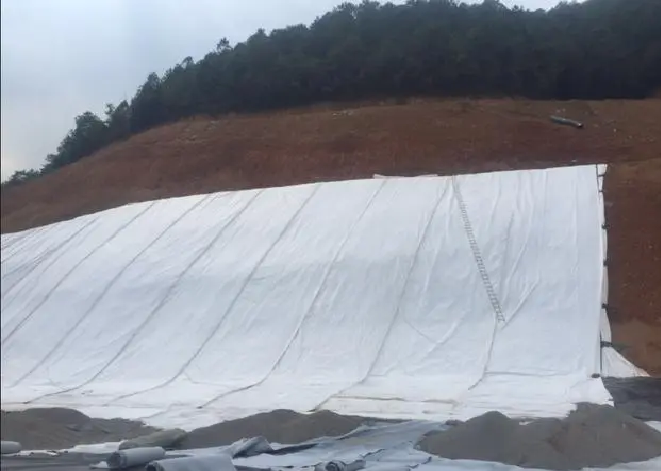
What are the Advantages of Using Non-Woven Geotextile Fabric Over Woven Types?
Non-woven geotextiles offer several engineering benefits over their woven counterparts:
- Superior permeability, enhancing their effectiveness in filtration and drainage.
- Greater adaptability to uneven or soft ground surfaces.
- Simpler installation, especially in large-scale or irregularly shaped projects.
Their flexible and robust characteristics make them a go-to material for engineers dealing with complex subsoil conditions and water-sensitive environments.
What Are the Key Trends Driving Demand for Non-Woven Geotextile Fabric?
Several macro trends are fueling the rising demand for non-woven geotextile fabric:
- Sustainable infrastructure development: Governments are investing heavily in green building practices, where geosynthetics reduce material usage and environmental disruption.
- Climate resilience: Increasing frequency of floods and soil erosion events has driven demand for erosion control and drainage systems using geotextiles.
- Urban expansion: Rapid urbanization in Asia-Pacific and Africa is accelerating the need for roadways, drainage systems, and stable foundations.
According to Grand View Research, the non-woven geotextile segment is forecasted to grow at a CAGR of 7.1% from 2024 to 2030, making it the fastest-growing segment in the geosynthetics market (Source: Grand View Research, 2024).
In summary, non-woven geotextile fabric is an essential element in modern civil and environmental engineering. As global infrastructure demands evolve, so does the need for high-performance materials that offer long-term functionality, cost-efficiency, and environmental benefit.
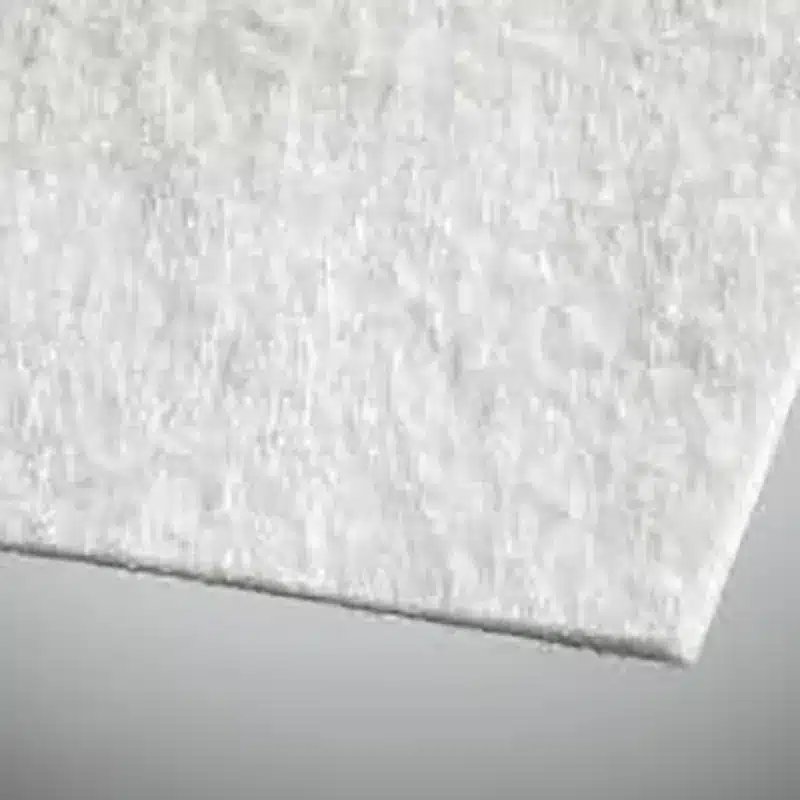

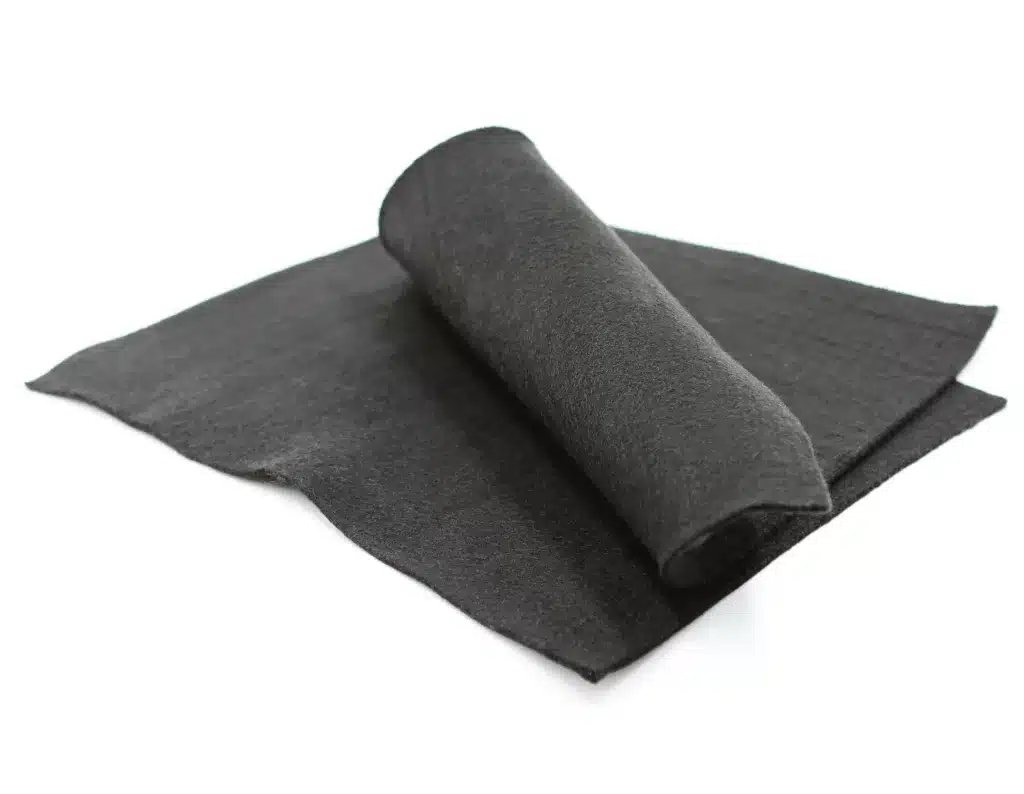
Get Free Sample
We’ll respond as soon as possible(within 12 hours)
